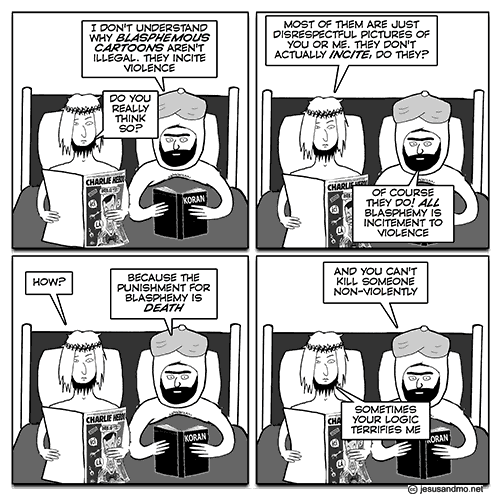Look at all the good she does. (The Washington Post files this story under Inspired Life.)
My new cats were freaking out. In carriers in the back seat of the car, they yowled their displeasure. I reassured them: “Don’t worry boys, we’ll be home soon.”
Whoops! I had called them boys, when in fact they were girls. An understandable mistake, as I’ve had cats for about 50 years, and all of them have been male. “I’m going to have to work on using the right pronouns,” I thought. And then another thought: “Why? They’re cats.”
Yo – “boys” is not a pronoun, and neither is “girls.”
That’s when I decided to raise my cats to be gender neutral.
The cats’ lives wouldn’t change, I reasoned, and it would help me learn to use plural pronouns for my friends, neighbors and colleagues who individually go by they, their and them. Even though using they, them and their as singular pronouns grates on many people because it’s grammatically incorrect, it seems to be the most popular solution to the question of how to identify people without requiring them to conform to the gender binary of female and male.
She apparently knows a huge number of people who go by they, their and them. Even the neighbors are non-binary.
Anyway she put the plan in action.
I’d make a mistake (called “misgendering”), saying something like “Where’s your brother?” (Yes, I talk to my cats.) Usually, I’d remember to fix it (“Where’s your sibling?” or “Where’s your pal?”). Just as I’d hoped, I began finding it easier to remember to use gender-neutral language for the humans in my life.
The cats, however, kept trying to escape.
And I began to get an infinitesimal taste of what transgender and gender-nonconforming people face. I’m not talking about the outright bigotry and hatred –something I can’t know without being in their shoes — but the complete cluelessness. Friends would come over, I’d introduce the cats and their pronouns, and some would ask, “But what ARE they?” Some would randomly use “he” and “she.” Some would stumble, unable to form a sentence when talking about one of the cats.
This despite the fact that so many of her friends, neighbors and colleagues are non-binary.
At any rate I trust she shamed them thoroughly for being so clueless, and especially for randomly using “he” and “she.” (I wonder if it was really random. I wonder if the friends managed the not-difficult trick of glancing at the cats’ back ends and thus discerning their sex and calling them “she” not at random after all.)
Things got a little more real when Essence got sick. They were really sick.
There’s that drawback again. She confused me. (Lauren Taylor, the author, not Essence.) I thought she’d said Essence got sick then that both cats were really sick, which was odd. Then I realized she meant Essence was really sick, but “they were” introduced that silly ambiguity. Also, how odd to say it in a new sentence – so she said it that way on purpose, to make her ridiculous point.
So then it became a huge worrying problem, what pronouns to use with all the people at the vets’. (Aren’t there lots of non-binary people there too? She knows so many of them, there must be plenty at the vet office, surely.)
Before the illness was over, we saw five vets, two sets of front desk people, and countless vet techs. I chose to fall back on my cis-gender privilege (look it up) and used the singular pronoun for Essence.
Um. I don’t think calling her cat “she” is part of her cis-gender privilege. You could say it’s part of her cat’s cis-gender privilege, if you wanted to, but then everybody would laugh, not just most people.
I understood that wouldn’t have been so easy if I were the patient — or if Essence were human.
So isn’t that species-privilege? Or species-privilege combined with feline cis-privilege?
While all of this was unfolding, friends would ask me: How is your cat? “They’re better” or “The same. The vets don’t know what’s wrong with them,” I’d say. “Wait a minute—are they both sick?” people would reply, confused.
Yeah, duh. That’s because you have two cats and your project was ridiculous.
People are coming to understand that not all of us fit into the “girl” box or the “boy” box.
No. No. No. No. You’re forgetting feminism. Feminism has been saying this for decades. It’s not a hot new discovery and it’s not exclusive to people who call themselves “non-binary.”
I look forward to being told this piece was actually satire.






